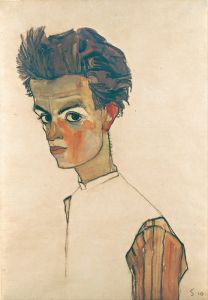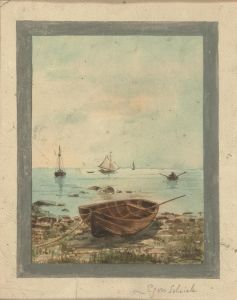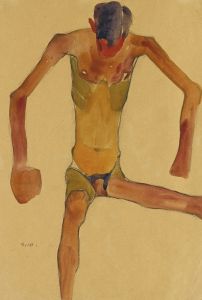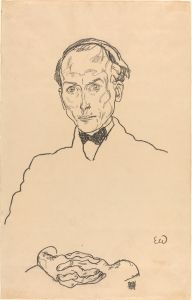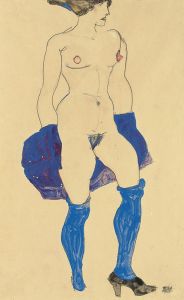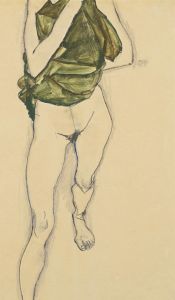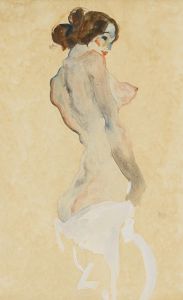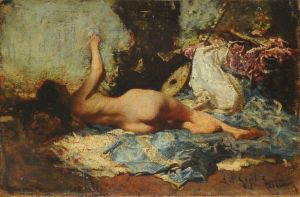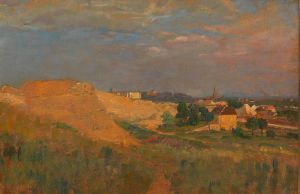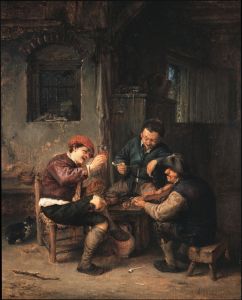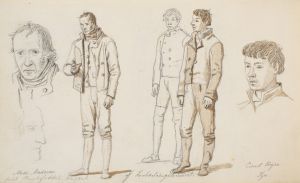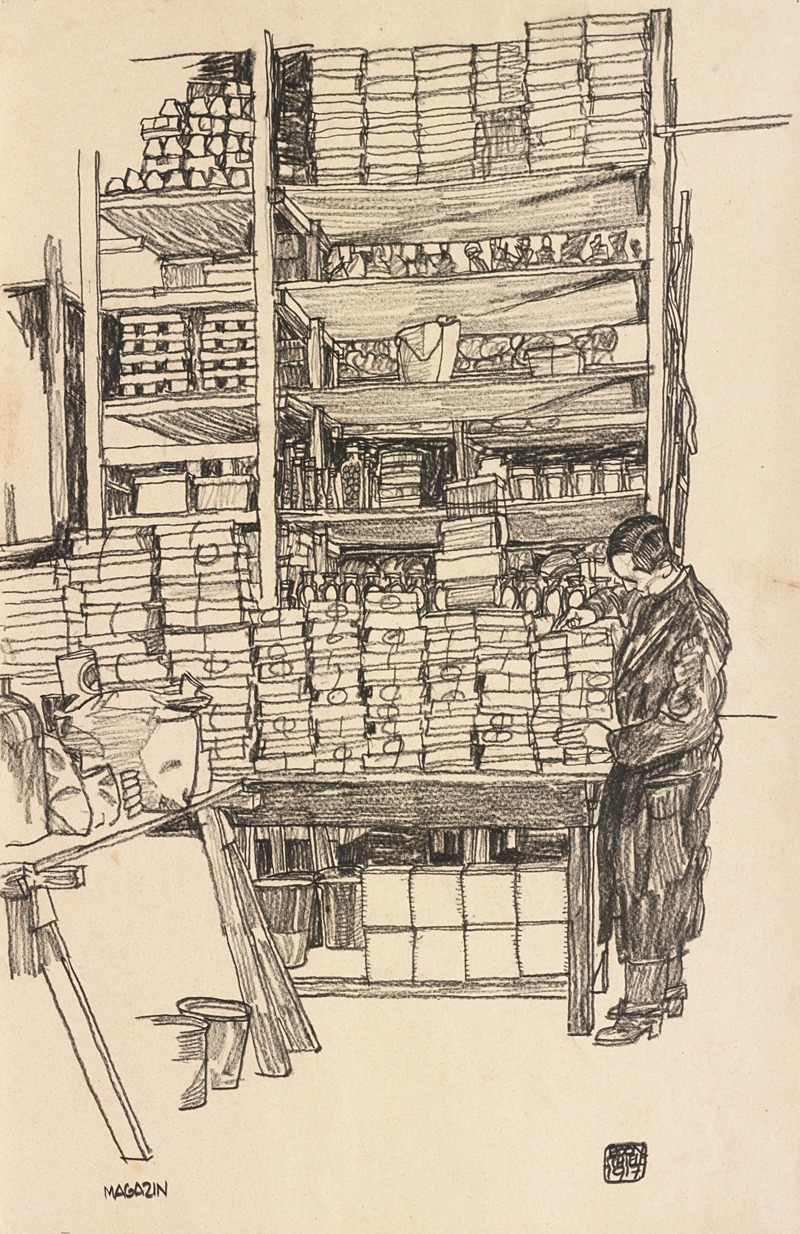
Supply Depot; Storeroom with Civilian Worker in Vienna, Schottenfeldgasse)
A hand-painted replica of Egon Schiele’s masterpiece Supply Depot; Storeroom with Civilian Worker in Vienna, Schottenfeldgasse), meticulously crafted by professional artists to capture the true essence of the original. Each piece is created with museum-quality canvas and rare mineral pigments, carefully painted by experienced artists with delicate brushstrokes and rich, layered colors to perfectly recreate the texture of the original artwork. Unlike machine-printed reproductions, this hand-painted version brings the painting to life, infused with the artist’s emotions and skill in every stroke. Whether for personal collection or home decoration, it instantly elevates the artistic atmosphere of any space.
"Supply Depot; Storeroom with Civilian Worker in Vienna, Schottenfeldgasse" is a painting by the Austrian artist Egon Schiele, created in 1918. Schiele, born in 1890, was a major figurative painter of the early 20th century and is known for his intense and often provocative works. He was a protégé of Gustav Klimt and a significant figure in the Expressionist movement.
The painting depicts an interior scene of a supply depot or storeroom, featuring a civilian worker. The setting is Schottenfeldgasse, a street in Vienna, which situates the work in a specific urban context. This piece is notable for its detailed representation of the mundane aspects of daily life during a tumultuous period in history, as it was created during the final year of World War I.
Schiele's style in this painting is characterized by his distinctive use of line and color. The composition is marked by a strong linear quality, with precise and expressive contours that define the forms within the space. The color palette is relatively muted, dominated by earthy tones that reflect the utilitarian nature of the subject matter. This choice of colors and the overall somber mood of the painting may reflect the hardships and austerity of wartime Vienna.
The civilian worker in the painting is depicted with a sense of realism and humanity. Schiele's portrayal of the figure is both empathetic and unidealized, capturing the weariness and resilience of ordinary people during the war. The worker's presence in the storeroom, surrounded by supplies, suggests themes of survival and the everyday struggles faced by civilians.
Egon Schiele's work often explored themes of existential angst, sexuality, and the human condition, and while "Supply Depot; Storeroom with Civilian Worker in Vienna, Schottenfeldgasse" may not be as overtly provocative as some of his other works, it still conveys a deep sense of the emotional and social realities of its time. The painting serves as a historical document, offering insight into the lived experiences of individuals during World War I.
Schiele's career was tragically cut short when he died of the Spanish flu in October 1918, just a few days after his wife, Edith. Despite his brief life, Schiele left behind a significant body of work that continues to be studied and admired for its emotional intensity and technical innovation.
"Supply Depot; Storeroom with Civilian Worker in Vienna, Schottenfeldgasse" is part of Schiele's later works and exemplifies his mature style. It is a testament to his ability to find profound meaning in everyday scenes and to convey the complex human emotions underlying them. This painting, like much of Schiele's oeuvre, remains a powerful reminder of the impact of historical events on individual lives and the enduring power of art to capture and communicate those experiences.







